
There are 461 properties and historic districts listed on the National Register of Historic Places in North Dakota. There are listings in 52 of North Dakota's 53 counties.

Tifton Commercial Historic District, in Tifton in Tift County, Georgia, is a historic district that was listed on the National Register of Historic Places (NRHP) in 1986 and expanded in 1994. The original listing was portions of 10 blocks including buildings from the 1890s to the late 1930s, most built of brick.

The Ronald N. Davies Federal Building and U.S. Courthouse is a historic post office and federal office building located at Grand Forks in Grand Forks County, North Dakota, United States. It is a courthouse for the United States District Court for the District of North Dakota. Also and historically known as U.S. Post Office and Courthouse, the building is listed on the National Register of Historic Places under that name.

The Soo Hotel was later known as the Princess Hotel, The Patterson Hotel Annex, The Hotel Dakotan, Heritage Recovery Center, and Heritage Apartments. It is a historic building located on Fifth Street North in Bismarck, North Dakota, United States, and was listed on the National Register of Historic Places in 1983. It was built by prominent businessman and political powerhouse Edward Patterson in 1906 as a second-class hotel to his other property, the high-class Northwestern Hotel. The four-floor, 76-room hotel was named after the Soo Line Railroad which had arrived in town in 1902 and whose depot was located several blocks away. It was briefly the tallest building in Bismarck.

The U.S. Post Office and Courthouse in Bismarck, North Dakota, United States, was built during 1912–13 and expanded in 1937. It was designed by James Knox Taylor and includes Late 19th and 20th Century Revivals architecture and Second Renaissance Revival architecture. Also known as Federal Building, it served historically as a courthouse and as a post office. The building was listed on the National Register of Historic Places in 1976.
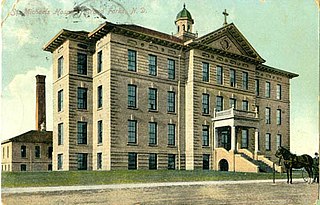
George Hancock was an architect active in North Dakota, Montana and Minnesota.

Proudfoot & Bird was an American architectural firm that designed many buildings throughout the Midwest region of the United States. Originally established in 1882, it remains active through its several successors, and since 2017 has been known as BBS Architects | Engineers.
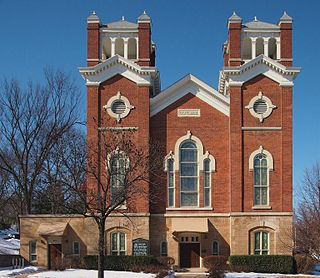
Charles N. Daniels (1828-1892) was an American architect active in Minnesota, North Dakota, and Washington.

Charles Emlen Bell (1858–1932), often known as C.E. Bell, was an American architect of Council Bluffs, Iowa and Minneapolis, Minnesota. He worked alone and in partnership with John H. Kent and Menno S. Detweiler. He also worked as part of Bell, Tyrie and Chapman. A number of his works are listed on the U.S. National Register of Historic Places.
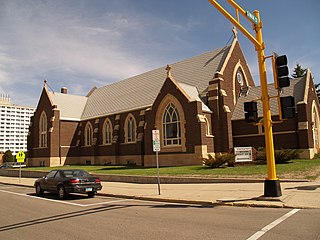
Ira L. Rush (1890-1949) was an American architect in practice in Minot, North Dakota from 1915 until his death in 1949.

The Burleigh County Courthouse in Bismarck, North Dakota was designed in the Art Deco style by architect Ira Rush. It was built in 1931 and was listed on the U.S. National Register of Historic Places in 1985.
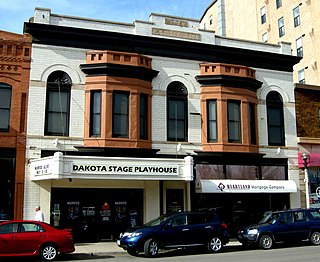
The E. G. Patterson Building at 412–414 Main St. in Bismarck, North Dakota, United States, was built in 1905. It was listed on the National Register of Historic Places in 1982.
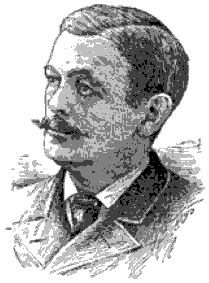
Milton Earle Beebe was an American architect who designed numerous buildings in Buffalo, New York, in Fargo, North Dakota, and elsewhere. He designed courthouses "at Warren, Smethport, Cambria, and Huntingdon in Pennsylvania, costing $100,000 each." Several are listed on the National Register of Historic Places. He also designed Early Commercial architecture buildings, residences, churches and public buildings.

William F. Kurke (1889–1965) was a prolific architect in North Dakota.

The McLean County Courthouse in Washburn, North Dakota was built in 1908. It was a 2+1⁄2-story brick building with a central tower above the front entrance. It was listed on the National Register of Historic Places in 1985. The listing included two contributing buildings.

George H. Shanley was an architect of Great Falls, Montana.
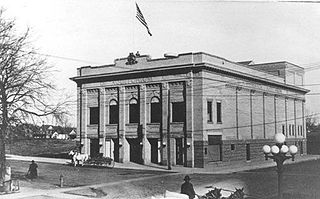
Arthur Wesley Van Horn was a prolific architect of Bismarck, North Dakota. A number of Van Horn's works, alone or as part of his firm, are listed on the U.S. National Register of Historic Places.
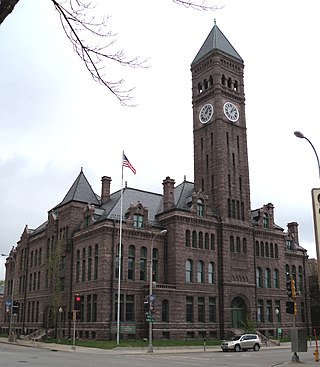
Wallace L. Dow (1844-1911), often known as W. L. Dow, was an architect of Sioux Falls, South Dakota. He has been referred to as the "Builder on the Prairie" and was "considered the premier architect of South Dakota in the late 19th century."

The Valdosta Commercial Historic District in Valdosta, Georgia is a historic district that was listed on the National Register of Historic Places in 1983 and expanded in 2002. It includes 81 contributing resources and 23 non-contributing resources. The original listing included all or part of nine city blocks in a roughly square 25 acres (10 ha) area. The expansion listing added 2 acres (0.81 ha) with six contributing buildings and its documentation revised the classification of some of the original area's properties.

The Western Union Building, formerly known as the Hagerty Block and currently as the Dacotah Prairie Museum, is a historic bank building in Aberdeen, South Dakota. It is individually listed on the National Register of Historic Places and is a contributing property to the Aberdeen Commercial Historic District.























